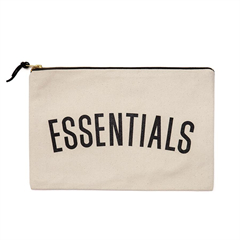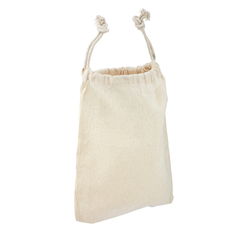Choosing between paper pouches and plastic for making the greener choice depends on several factors, including the specific application, environmental priorities, and the entire lifecycle of the packaging material. Here’s a comparison of paper pouches and plastic to help you make an informed decision:
Paper Pouches:
- Biodegradability: Paper pouches are biodegradable and break down more readily in natural environments compared to plastic, reducing long-term waste and environmental impact.
- Renewable Resource: Paper is sourced from trees, which are a renewable resource. Sustainable forestry practices can ensure a continuous supply of raw materials.
- Recyclability: Paper pouches are widely recyclable in many municipal recycling programs, and recycled paper can be used to produce new paper products.
- Lower Carbon Footprint: The production of paper generally has a lower carbon footprint compared to plastic, especially if produced using sustainable practices and renewable energy sources.
- Consumer Appeal: Many consumers prefer the natural and eco-friendly aesthetic of paper packaging, which can enhance a brand’s image and attract environmentally conscious customers.
- Regulatory Compliance: Using paper pouches can help businesses comply with regulations aimed at reducing single-use plastics in some regions.
Plastic:
- Lightweight and Durability: Plastic is lightweight and can provide excellent product protection, reducing transportation-related emissions due to its lower weight.
- Recyclability (varies by type): Some types of plastic are recyclable, but the effectiveness of plastic recycling varies widely depending on the type and local recycling infrastructure. However, many single-use plastic items are not efficiently recycled.
- Energy Efficiency: Plastic production can be more energy-efficient than paper production, depending on the type of plastic and the manufacturing process.
- Resource Efficiency: Plastic packaging often requires fewer resources during production, such as water and energy, compared to paper.
- Barrier Properties: Plastic can provide superior barrier properties, making it suitable for products that require protection from moisture, oxygen, and light.
- Longer Shelf Life: Plastic packaging can extend the shelf life of certain products, reducing food waste.
In summary, the choice between paper pouches and plastic for making the greener choice depends on the specific context and priorities:
- Paper pouches are generally more environmentally friendly in terms of biodegradability, renewable resources, and recyclability, making them a strong choice for single-use packaging when available recycling infrastructure exists.
- Plastic can be more resource-efficient during production and offers advantages in terms of product protection and shelf life, making it a suitable choice for certain applications where protection and durability are paramount. However, this should be balanced with the environmental impact of plastic waste and the potential for recycling.
Ultimately, businesses and consumers should consider a holistic approach to sustainability, taking into account factors such as waste reduction, energy consumption, and local recycling capabilities when deciding between paper and plastic packaging. Additionally, exploring alternative options like compostable plastics, recycled plastics, or hybrid materials can further enhance sustainability efforts.




















